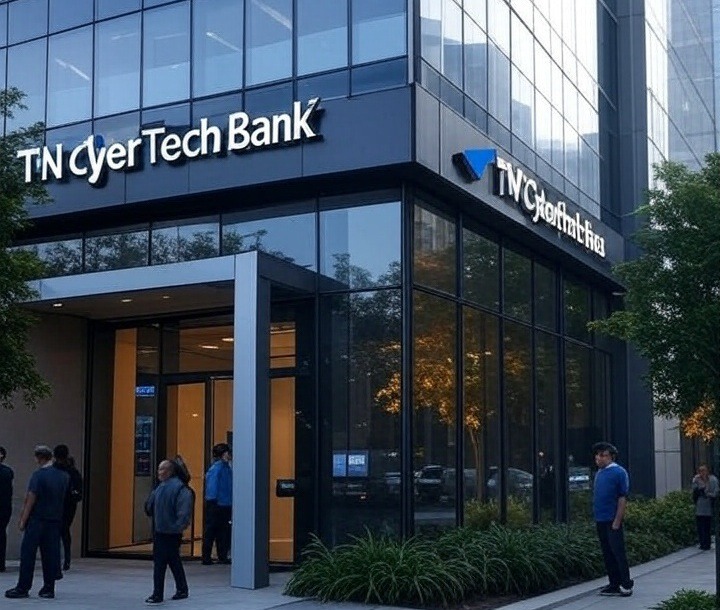By Staff Reporter
Copyright thezimbabwemail

Fintech-enabled banks—or neobanks—with strong digital infrastructures will increasingly capture valueInvestors should look for institutions that can deliver services consistently, monitor and manage liquidity across multiple currencies, implement robust digital customer interfaces, and provide agent networks or remote support. TN CyberTech Bank, assuming its model is as described, is well-positioned.
Regulatory risk is material but manageableThe Reserve Bank of Zimbabwe (RBZ) is actively engaging with fintech innovations: fintech registration/ sandboxing, mobile wallet regulations, and national payment switches (e.g. ZimSwitch). But cross-border remittances, currency controls, and foreign exchange restrictions continue to pose risk. Investors must assess how well a bank navigates these and whether it maintains robust compliance, data protection, and regulatory foresight.
Operational stability and resilience are competitive differentiatorsIncidents like RTGS outages damage trust and disrupt commerce. Banks / fintechs that can ensure redundancy, decentralised payment systems, fallback channels, or alternative liquidity sources will enjoy a competitive advantage.
Customer segmentation mattersHigh net worth (HNW) clients, diaspora clients, and frequent cross‐border users will have the highest sensitivity to speed, convenience, and global access. Banks geared toward mass retail or unbanked populations need different trade-offs (cost, agent networks, mobile USSD, local language interface, minimal fees etc.).
Profitability versus cost structure trade-offsDigital banks and fintech arms often have lower fixed overheads (fewer branches, fewer staff for in-person service) but higher investments in tech, cybersecurity, and compliance. The payoffs come from scale, volume of transactions, fee income, and cross-selling (loans, insurance, remittances). Traditional banks must decide whether to adapt or risk losing margin.



